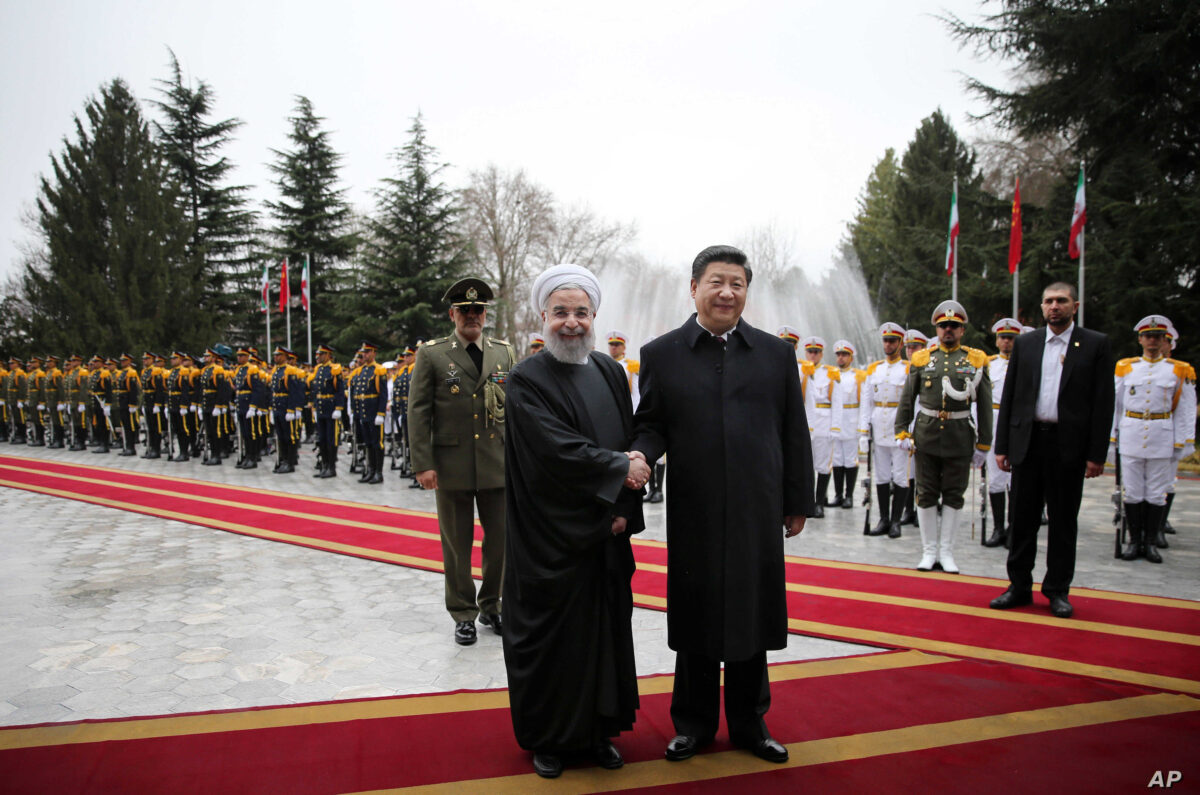China’s ambitions in the Middle East are laser sharp, driven by economic interests, a policy clearly reflected in its burgeoning relationship with Iran, the preeminent Shi’a power in the region. Unlike the United States or Russia, China has little or no desire to project its political or cultural influence in the region.
China regards Iran as a potentially huge market for its commodities and as a vital source of oil. Iran considers China a hedge against crippling U.S. sanctions.
Since the visit of Chinese President Xi Jinping to Iran in 2016, China has become Iran’s biggest regional trading partner, with the volume of trade having been $42 billion in 2018, and its largest source of foreign investment.
China’s pragmatic, business-oriented and non-ideological relations with Iran were recently solidified when, to the chagrin of the United States, Beijing and Tehran signed a sweeping agreement under which the Chinese government will invest $400 billion in Iranian high-speed railways, subways, airports and free-trade zones, while Iran will supply China with a heavily discounted supply of oil for the next 25 years.
In 2015, China became the world’s biggest importer of crude oil, with almost half of it emanating from the Middle East.
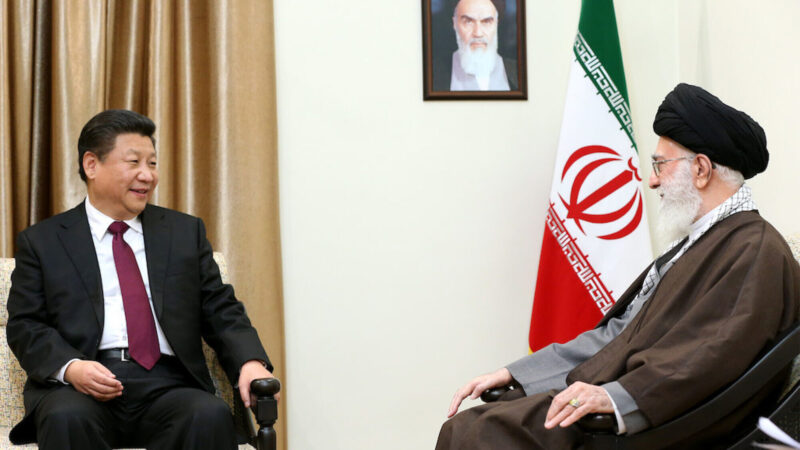
China’s economic partnership with Iran, first proposed by Xi Jinping four years ago, was approved by Iranian President Hassan Rouhani two months ago and has been endorsed by Iran’s supreme leader, Ayatollah Ali Khamenei. It has yet to be submitted to Iran’s Parliament for approval, but its passage is all but guaranteed.
The Iranian regime badly needs the economic lifeline China is prepared to provide due to the crippling sanctions the United States imposed on Iran in 2018, following Washington’s unilateral withdrawal from the Iran nuclear pact.
“Every road is closed to Iran,” Fereydoun Majlesi, a former Iranian diplomat, told The New York Times after the accord was publicized on July 11. “The only path open is China. Whatever it is, until sanctions are lifted, this deal is the best option.”
To Iran, which is increasingly isolated, it was vitally important to acquire a global power like China as an ally. As Ellie Gernamayeh, an observer of Iran’s political scene, writes, “Iranian leaders now view China as the only major world power that can challenge U.S. economic dominance and, therefore, provide their country with economic and political protection against mounting U.S. pressure.”
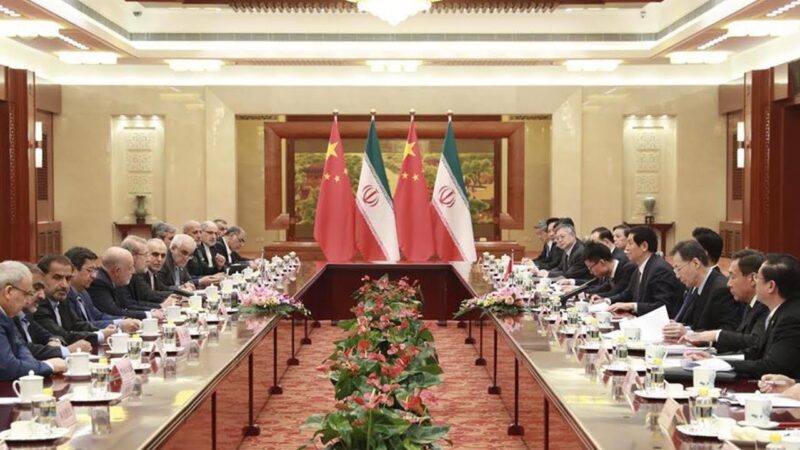
He adds, “China, meanwhile, understands that Iran is a major regional power located at the crossroads of the Middle East and Central Asia — an area that is important to its Belt and Road Initiative. While China ranks as one of its top trade partners, Iran still has a great deal of untapped potential for foreign investment — something that Beijing can capitalize on.”
China’s ties with Iran turn on its insatiable thirst for oil (half of its petroleum imports are from the Persian Gulf and flow through the Suez Canal) and on the $1 trillion Belt and Road Initiative, an investment program in infrastructure projects launched in 2013 to place China at the center of international trade networks.
The Middle East, with its strategically key trade routes and sea lanes linking Asia to Europe and Africa, is vitally important to the future of the Belt and Road Initiative.
Three years ago, China opened a naval base in Djibouti, its first one abroad. Djibouti matters to China because it is located at the southern end of the Bab el-Mandeb Strait, which guards the route to the Red Sea and the Suez Canal from the Gulf of Aden.
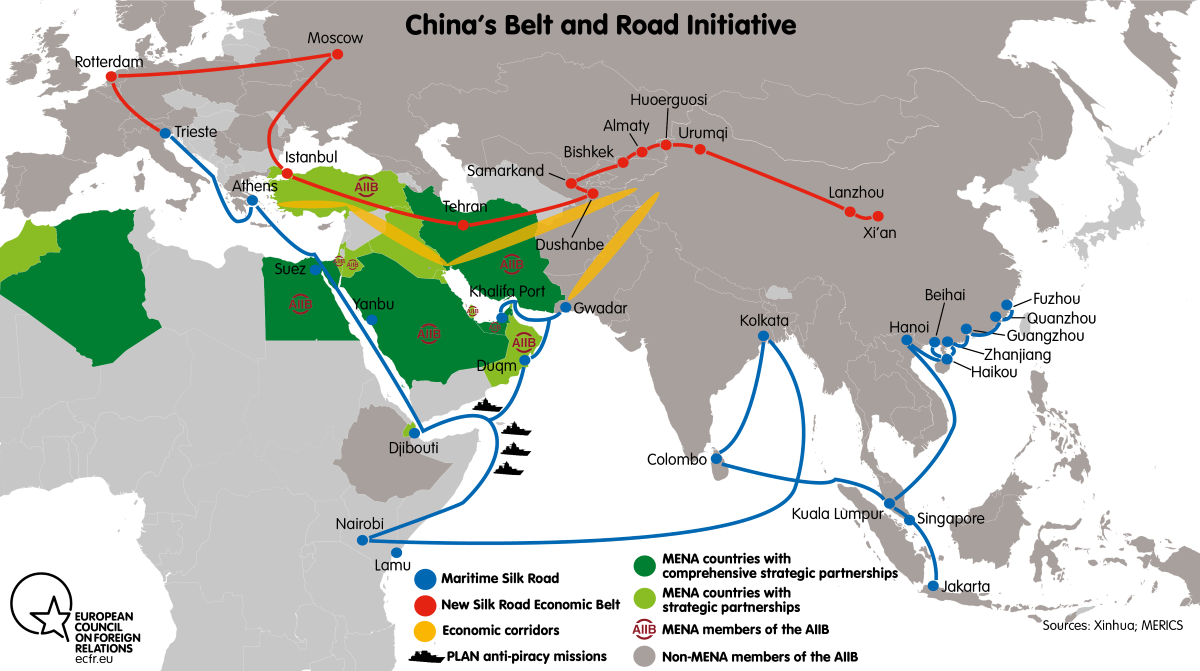
The Belt and Road Initiative underscores China’s traditional friendship with Iran, and is a contemporary version of the ancient land and maritime Silk Road, which linked China, Persia and Arab lands in a prosperous mercantile arc of peace and cooperation.
As one observer has pointed out, the Chinese model of authoritarian capitalism also appeals to Middle Eastern regimes like Iran, which perceives cooperation with Beijing as a means by which to resist Western pressure to implement civil reforms and adhere to conventional human rights standards.
Trade considerations aside, China and Iran are developing security links as well. Last December, China held joint naval exercises with Iran and Russia in the Indian Ocean and the Gulf of Oman. And since 2014, China has participated in several military exercises with Iran.
In recent years, China has constructed two ports in the vicinity of the Indian Ocean: Gwadar in Pakistan and Hambantota in Sri Lanka.
Despite its warm relations with Iran, China is building a mutually beneficial partnership with Iran’s principal enemy, Israel, a leader in hi-tech innovation and an arms manufacturer. Since 2013, China has invested more than $120 billion in the Middle East and North Africa, and a fair chunk of it has poured into Israel.
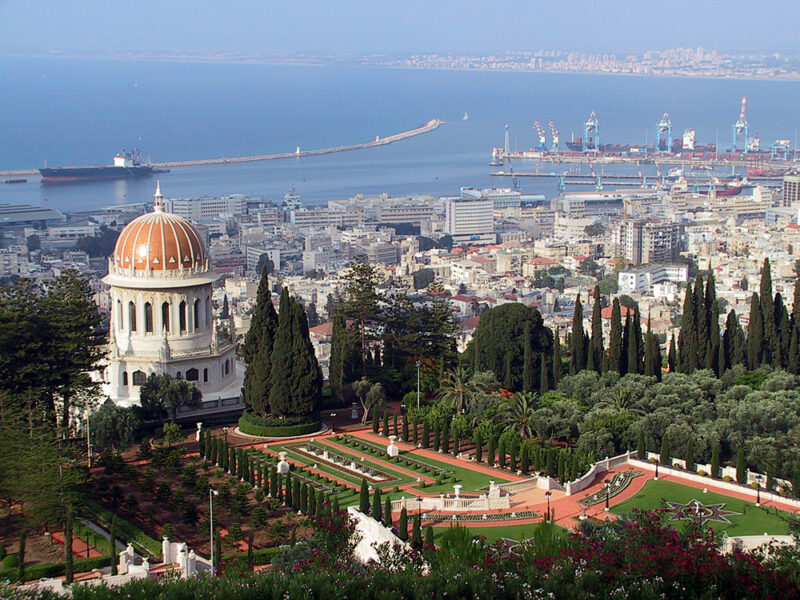
Currently, a Chinese company is developing the port of Haifa, much to the displeasure of the United States.
China regards Israel as a major player in the Middle East, but in pure dollar terms, Iran occupies a niche of far greater importance in China’s cold geopolitical calculations.
